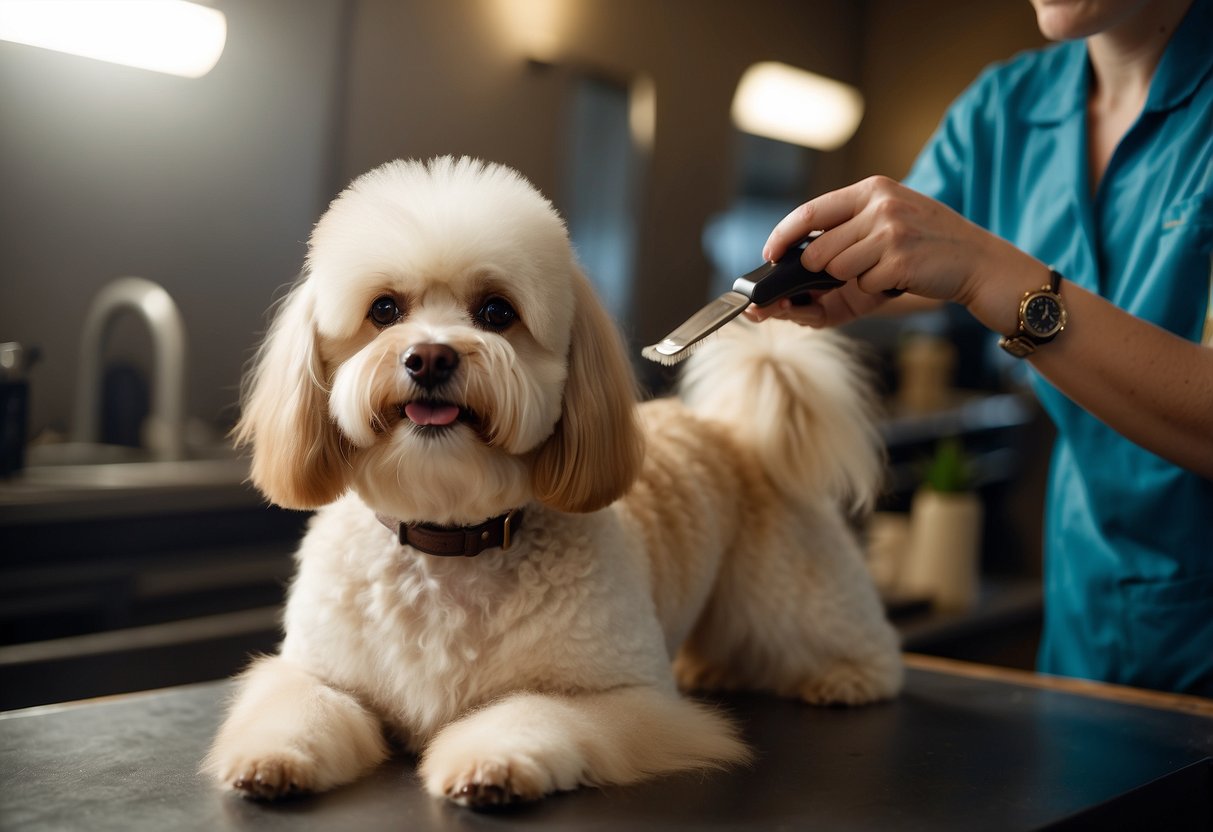
Heavy-Shedding Dogs
Heavy-shedding dogs like the Akita and Labrador Retriever require specific grooming routines to manage their substantial fur loss effectively. Regular grooming can help keep their coats healthy and your home cleaner.
Akita
The Akita is a large, double-coated breed known for its significant shedding. To manage this, they need to be brushed at least twice a week with a slicker brush and an undercoat rake. During the shedding season, daily brushing is recommended to remove loose fur and prevent mats.
Bathing should be done every 6-8 weeks using a dog shampoo that maintains coat health. Proper drying is crucial to avoid moisture that can cause skin issues. Trimming nails regularly and cleaning ears help prevent infections.
Grooming tools specifically designed for large breeds work best. Owners should also check for ticks and fleas regularly. Routine grooming sessions make the Akita more comfortable and reduce shedding around the home.
Labrador Retriever
Labrador Retrievers also have a double coat, which sheds heavily, with increased shedding twice a year. Weekly brushing using a de-shedding tool is essential to remove loose hair and promote a healthy coat.
During peak shedding periods, brushing 3-4 times a week helps manage fur loss effectively. Labradors should be bathed every 4-6 weeks to keep their coat clean and reduce allergens.
Ears should be checked and cleaned regularly to prevent infections common in this breed. Trimming their nails twice a month is necessary to maintain proper foot health. Regular grooming sessions help maintain the Labrador’s coat and minimize shedding in the living environment.
Grooming Techniques
Effective grooming involves a combination of consistent bathing routines, meticulous brushing methods, and accurate trimming and clipping. These techniques are essential for maintaining the health and appearance of different dog breeds.
Bathing Routines
Bathing frequency depends on the breed and skin condition of the dog. Breeds with oilier skin, like Basset Hounds, may require weekly baths, while others, like Basenjis, might need only monthly baths. It’s crucial to use a dog-specific shampoo to avoid skin irritations and maintain the natural oils in their fur.
Ensure the water temperature is comfortably warm, not hot. Always rinse thoroughly to remove all shampoo residue, which can cause itching or dry skin. For dogs with longer coats, consider a conditioner to prevent tangles and matting. Proper drying is essential; use a towel to blot dry and a dog-specific blow dryer if necessary, keeping it at a low temperature setting to avoid burns.
Brushing Methods
The brushing technique varies based on coat type. For short-haired breeds like Beagles, a rubber curry brush helps remove dead hair and stimulate the skin. Medium to long-haired breeds, like Golden Retrievers, benefit from a slicker brush to manage tangles and mats. Double-coated breeds, such as Huskies, require an undercoat rake to handle the dense fur.
Brushing should be done weekly at a minimum but may need to be more frequent during shedding season. Gentle strokes ensure comfort and effectiveness, while paying attention to areas prone to matting, like behind the ears and under the legs. Regular brushing also distributes the dog’s natural oils, promoting a healthy and shiny coat.
Trimming and Clipping
Trimming and clipping are essential to keep a dog’s coat in optimal condition. For breeds like Poodles that have continuously growing hair, regular clipping every 6-8 weeks is necessary. This helps prevent matting and maintains a manageable coat length. Use sharp, well-maintained clippers designed for dog grooming to ensure clean cuts and avoid any accidental nicks.
Trimming the nails is also crucial to prevent overgrowth, which can lead to discomfort or injury. Frequency depends on the dog’s activity level and the ground surfaces they walk on. Typically, trimming every 3-4 weeks is advisable. Be cautious to avoid cutting too close to the quick, the blood vessel inside the nail, to prevent pain and bleeding.



